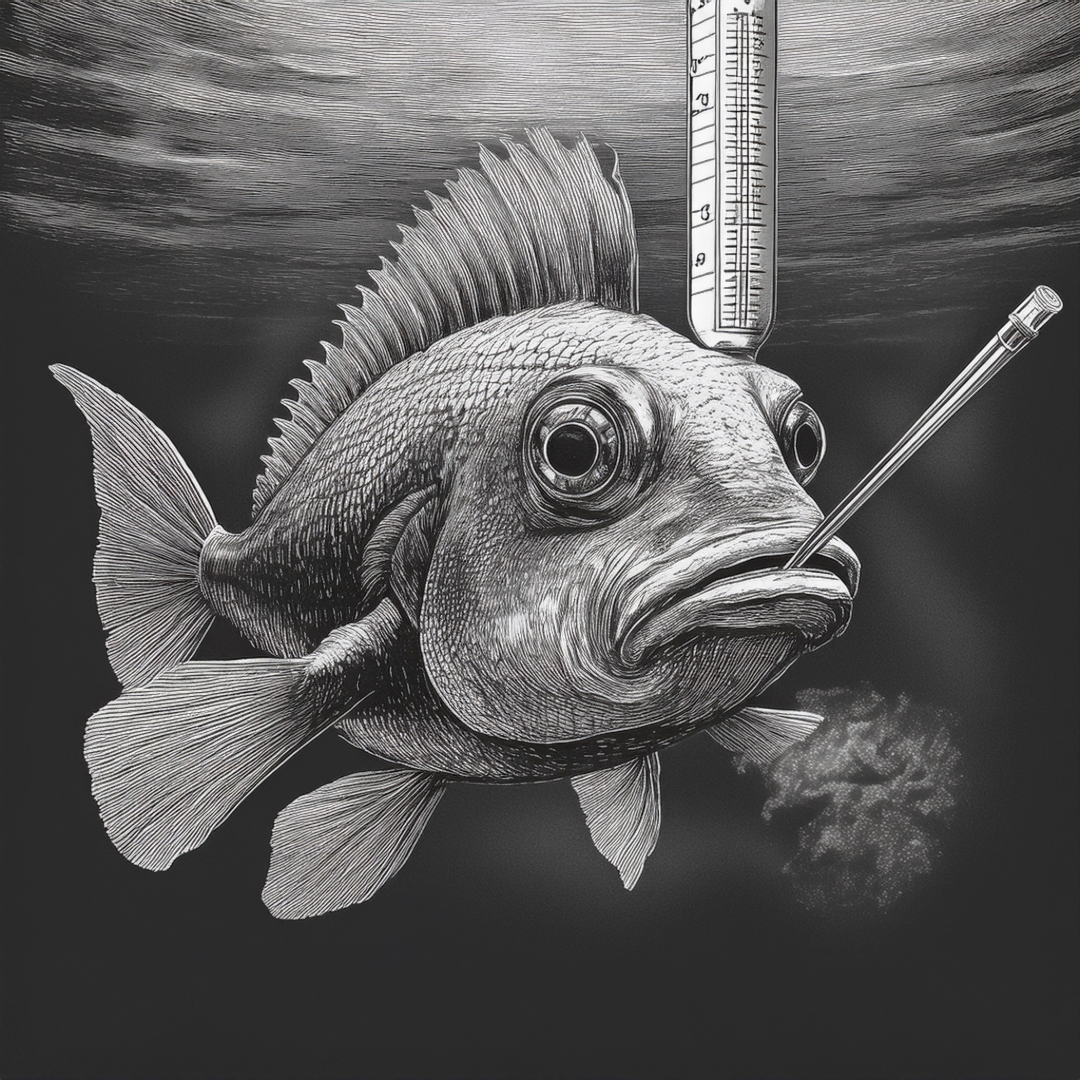MONTGOMERY, Ala. — Alabama’s rivers and lakes, once considered safe for fishing and even drinking straight from the source, are now under widespread contamination advisories, according to a new state report.
The Alabama Department of Environmental Management’s latest assessment finds that pollution from industry, agriculture and failing infrastructure has impaired hundreds of miles of waterways across the state. The report lists mercury, polychlorinated biphenyls (PCBs) and so-called “forever chemicals” among the most persistent threats.
While municipal water systems still meet federal safety standards, state officials warn that untreated surface water is no longer considered safe for drinking anywhere in Alabama. Waterways that once served as swimming holes and fishing spots for generations now carry advisories warning against eating fish or drinking the water.
The report cites runoff from farms and cities, industrial discharges and leaking septic systems as major sources of contamination. Legacy pollutants, such as mercury from coal-fired power plants and PCBs from old manufacturing sites, continue to accumulate in fish and sediment.
The number of fish consumption advisories has increased in recent years, affecting every major river basin in the state. Health officials urge residents to check annual advisories before eating fish caught in Alabama waters.
For many Alabamians, the findings mark a dramatic shift from decades past, when rivers and creeks were a trusted source of recreation and even refreshment. The new reality, state officials say, underscores the need for ongoing monitoring and investment in water infrastructure to protect public health.
The full report and updated fish consumption advisories are available on the Alabama Department of Public Health website.
https://www.alabamapublichealth.gov/tox/assets/2025_fishadvisory.pdf

